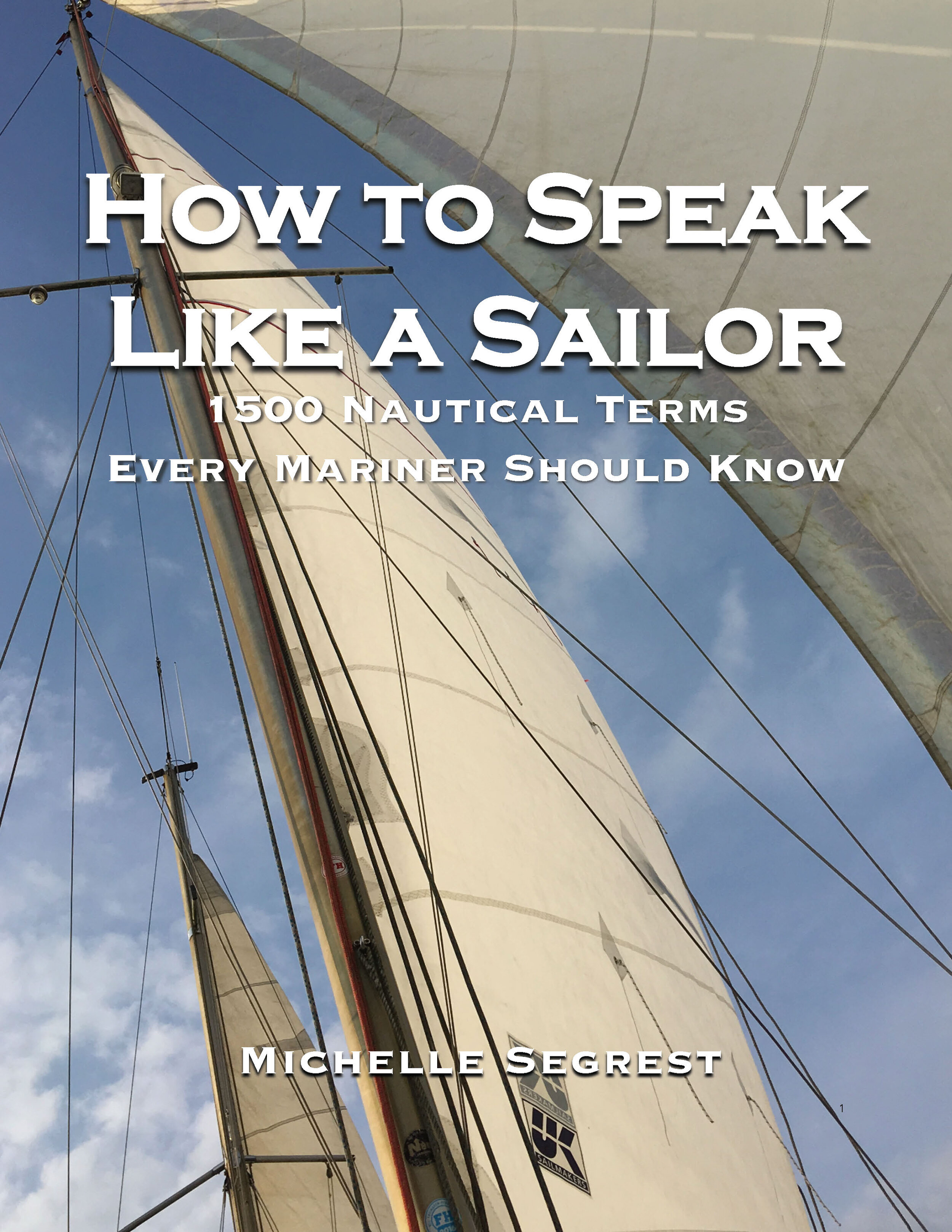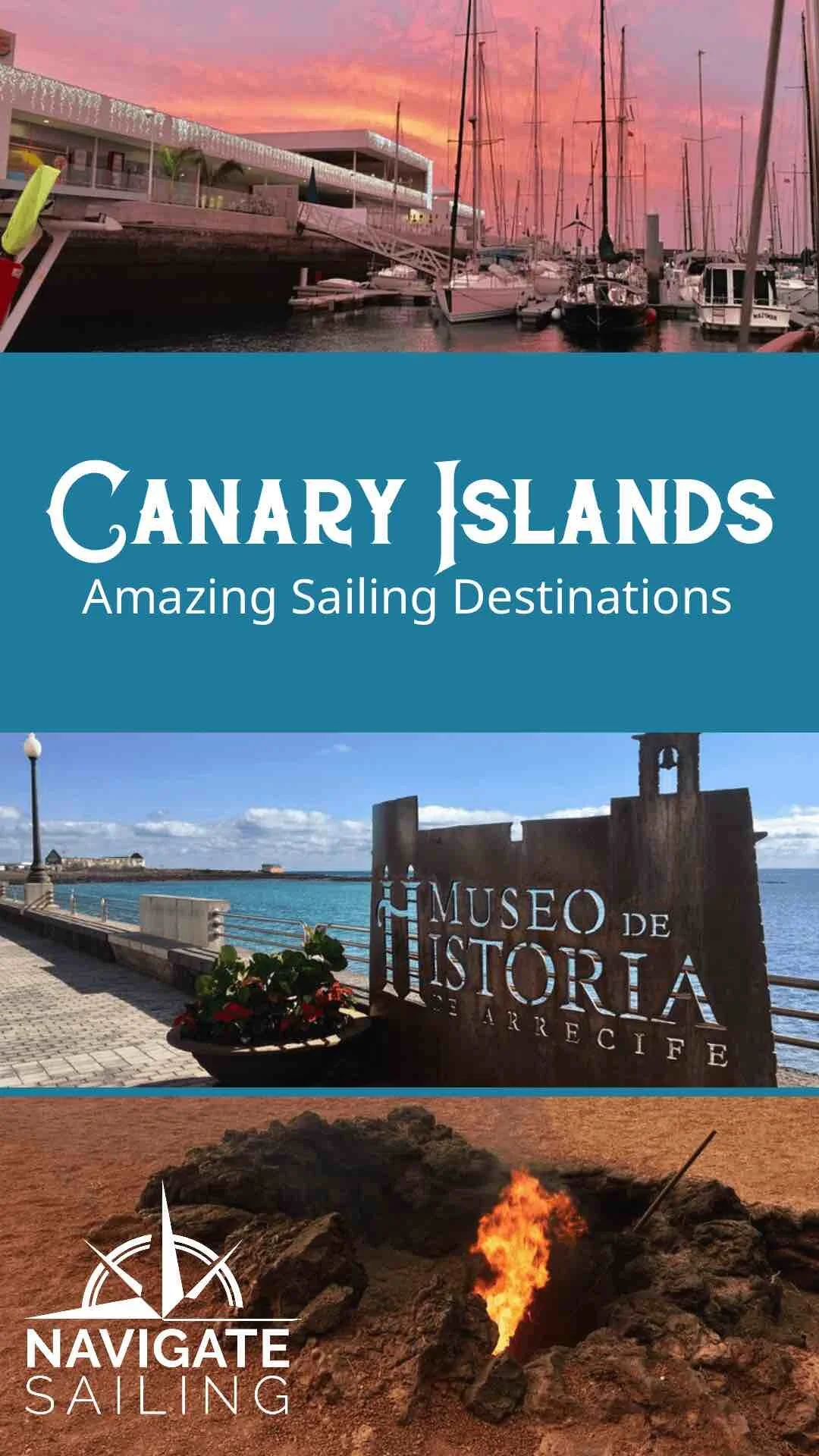28 Fascinating Facts About the Canary Islands
/After a long sailing passage, we spent almost a month exploring the Island of Fire—Arrecife, Lanzarote, Canary Islands, Spain—working on boat maintenance, exploring the city and Timanfaya National Park, and planning and provisioning for our Atlantic Crossing sailing passage. While there, we learned 28 fascinating facts about the Canary Islands.
By Michelle Segrest — How to Get Your Sea Legs
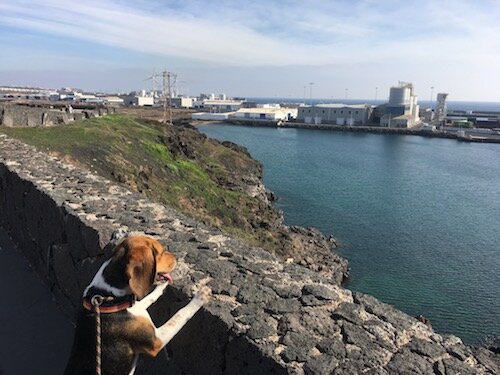
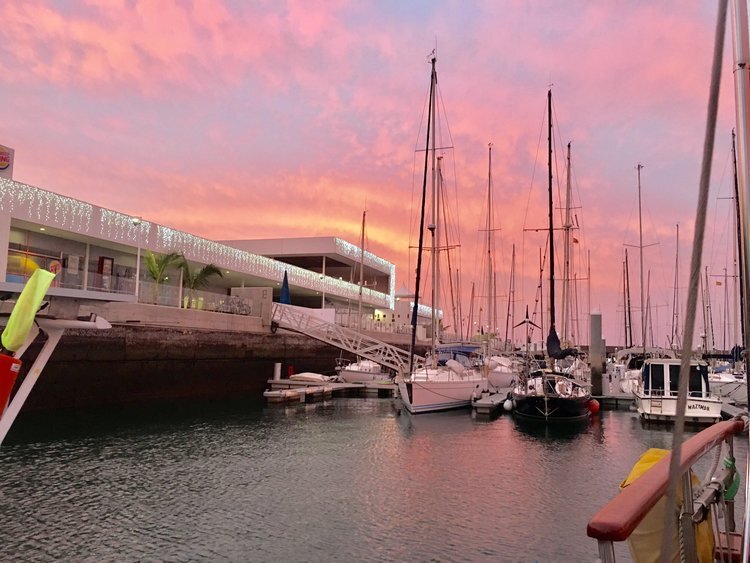
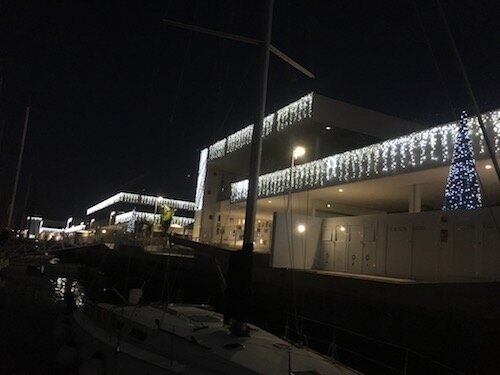

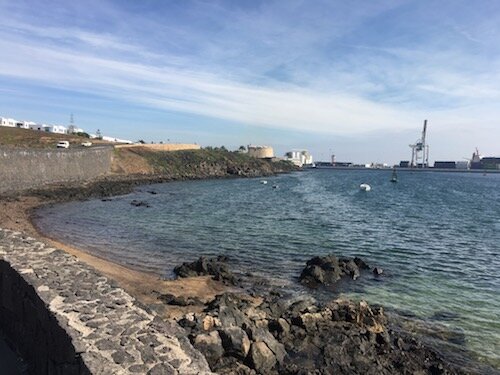
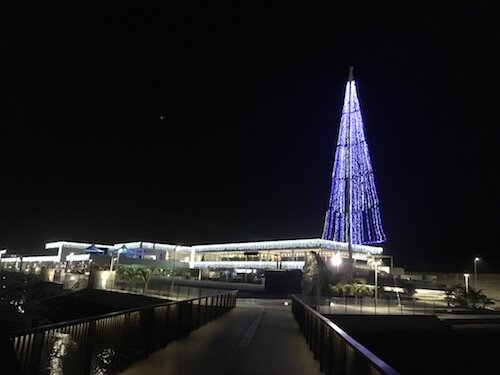
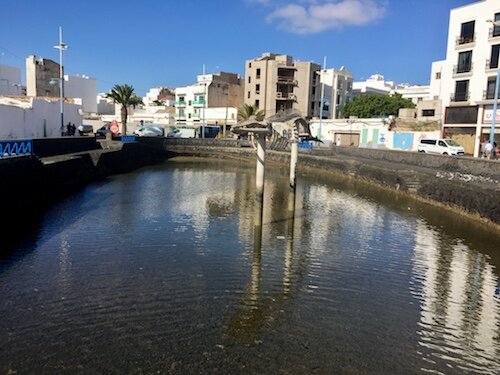
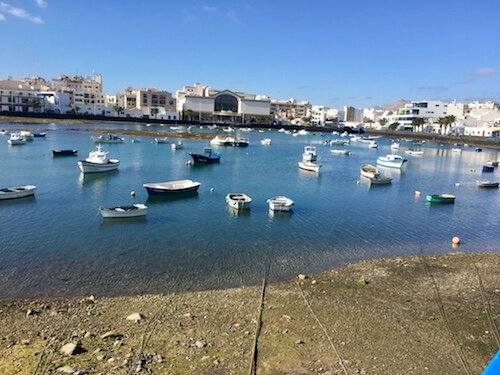
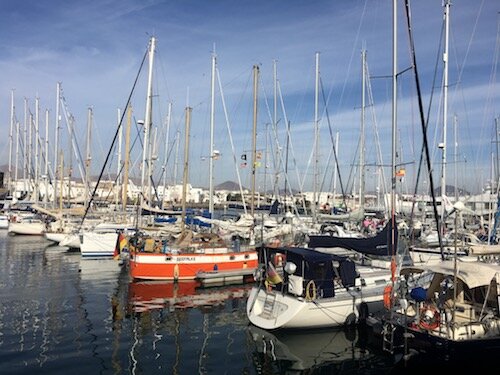
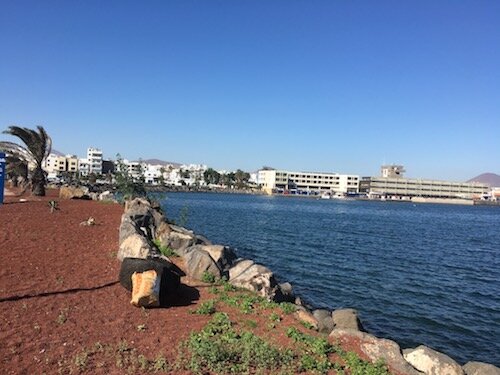
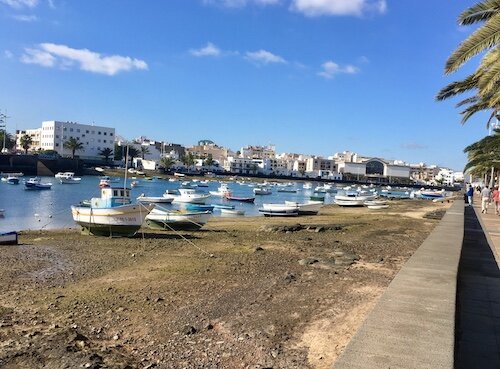
A stop in the Canary Islands is commonplace for sailors who want to cross the Atlantic Ocean from Europe or Africa to the Caribbean or South America. It’s also a popular vacation spot for many Europeans.
We spent almost a month exploring the Island of Fire—Arrecife, Lanzarote, Canary Islands, Spain—working on boat maintenance, exploring the city, Timanfaya National Park, and planning and provisioning for our Atlantic Crossing sailing passage. While there, we enjoyed the spectacular scenery, intriguing culture, and also learned a few fascinating facts about Spain’s popular cluster of islands.
The Canary Islands is a remarkable cluster of eight islands.
The Canary Islands is a Spanish archipelago off the coast of northwestern Africa. They are known for their rugged volcanic isles and for their black- and white-sand beaches. The eight main islands are (from largest to smallest in area) Tenerife, Fuerteventura, Gran Canaria, Lanzarote, La Palma, La Gomera, El Hierro and La Graciosa. The archipelago includes many smaller islands and islets, including Alegranza, Isla de Lobos, Montaña Clara, Roque del Oeste, and Roque del Este.
2. Tenerife is the largest of the eight main Canary Islands.
Tenerife, the largest island, is dominated by the sometimes-snowy active volcano Mt. Teide, which has its own astronomical observatory and is part of Teide National Park. Tenerife hosts a huge pre-Lent Carnival in the capital, Santa Cruz de Tenerife.
3. Mount Teide is the third largest volcano in the world.
A major tourist destination with more than 3 million visitors per year, Mount Teide on the island of Tenerife is one of the world’s largest volcanoes. The volcanic nature of the islands has created a number of natural beaches made of fine black shingle or sand which give some of the Canary beaches a distinctive look.
4. The Canary Islands is a popular spot for tourists.
As many as 12 million visitors arrive every year. Among the islands, Tenerife is the most popular. To put the 12 million into perspective, the native population of the Canary Islands combined is just over 2.1 million.
5. There are many high-quality sailors’ ports.
Arrecife is just one of the many sailors’ ports. It’s lovely with just a short walk from the marina to the city center. In the middle of the city center there is a huge bay with hundreds of wooden fishing boats anchored there. Many of them are stranded on the low-water sides, all busted up and neglected. I love old wooden boats, even the ones that are in disrepair. I always wonder about the story each one has to tell.
6. Christopher Columbus stopped at the Canary Islands on his way to the New World.
The islands were colonized concurrently with the American continent, and there are lots of parallels to be found in architecture and accents with modern-day Latin America. Columbus stopped at the Canaries to take advantage of the heavy trade winds that led to the Caribbean.
7. The Spanish Civil War started in the Canary Islands.
At the outbreak of the Spanish Civil War in 1936, Francisco Franco was the General Commandant of the Canaries, headquartered in Las Palmas, on Gran Canaria island. He and his minions plotted their strategy in the Canaries—out of sight and mind of the rest of Spain—before moving to the continent.
8. You can cook food over a volcano in the Canary Islands.
While there are no volcanoes currently erupting on the island, there was a great deal of activity on the island of Lanzarote between 1730 and 1736, when over 100 volcanoes appeared on the landscape. The last eruption was in 1824, but there is still a significant amount of heat just below the surface. At Timanfaya National Park, you can visit El Diablo Restaurant where they have several demonstrations showing the heat just below the surface. In one demonstration, they toss straw into a hole—it promptly bursts into flame due to the heat. In another, they pour water down a whole, which instantly turns into a tower of steam. At the restaurant, there is a nine meter hole was which was dug to access the heat, the top of which is used as a grill. The temperature of the grill reaches 400C and uses no energy.
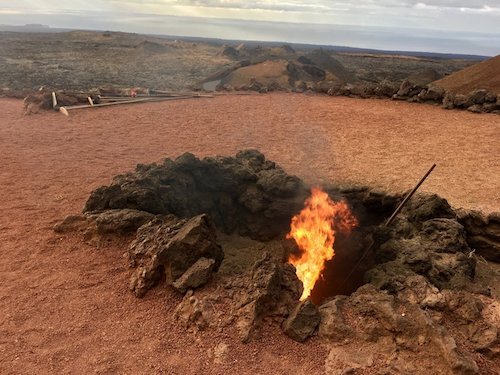
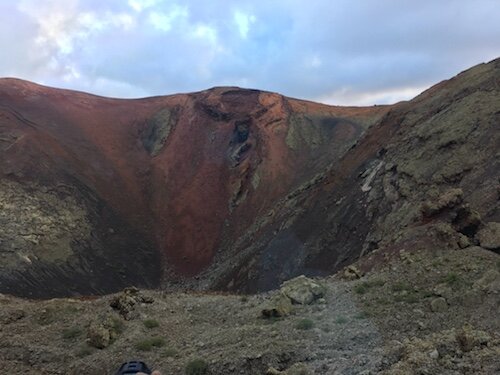
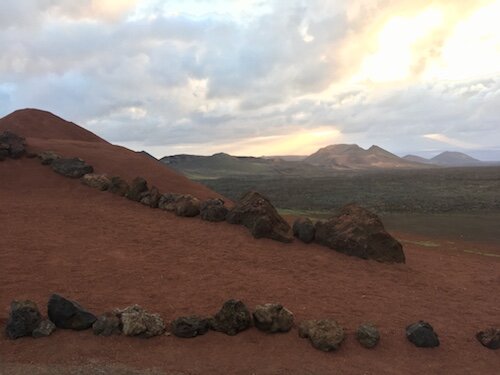
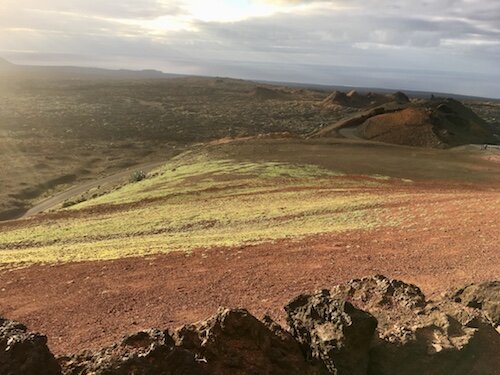
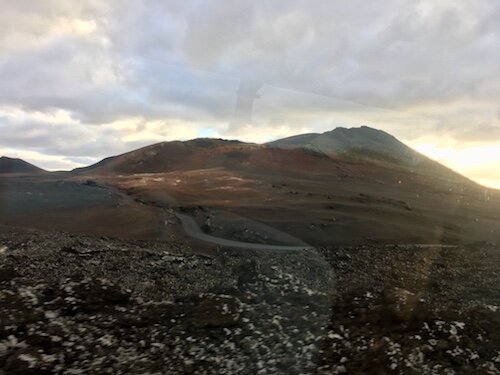
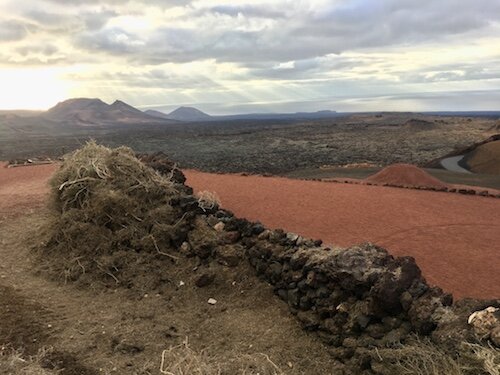
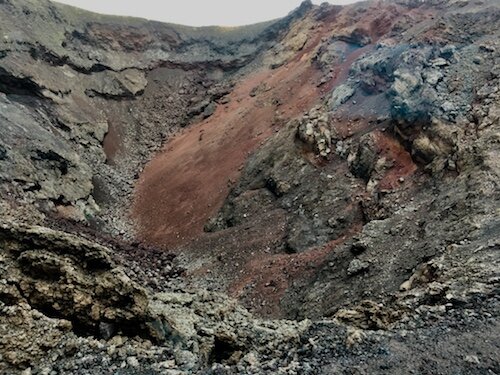
9. The Canary Islands are closer to Africa than Europe, but they are owned by Spain.
Located off the northwestern coast of Africa, the Canary Islands are much closer to the equator than mainland Spain. Europeans often vacation on the islands, and it’s a popular stop for sailors crossing the Atlantic Ocean.
10. The Canary Islands is a great spot to find endangered Loggerhead Turtles.
One of the largest hard-shelled turtles in the world–the endangered Loggerhead Turtle can be found while diving close to the islands in the Canaries. Adult males reach approximately three feet long and have a lifespan of 47–67 years.
11. The Canary Islands has two capital cities.
Santa Cruz de Tenerife and Las Palmas de Gran Canaria are located on the two largest Islands and together, they share the status as Capital of the archipelago.
12. The Canary Islands is home to the Aquatic Thai Paradise.
Southern Tenerife is where you will find the self-claimed ‘most spectacular water attraction in Europe’ – Siam Park. The park has 25 buildings—creating the largest collection of Thai-themed buildings outside of Thailand. Christoph Kiessling designed the park with permission from the Thai royal family to use the park’s name and theme.
13. The Canary Islands have a rich history of cultural foods.
Delicacies include ‘Mojo’ – a sauce which may be orange, red, or green depending on its ingredients. It contains a lot of garlic and can be moderately spicy, referred to as mojo picón—which is usually made of oil, vinegar, salt, red pepper, thyme, oregano, coriander and several other spices. Another typical Canarian food is called ‘ropa vieja’ which means ‘old clothes.” It is a delicious dish of chicken and beef mixed with potatoes and garbanzo beans.
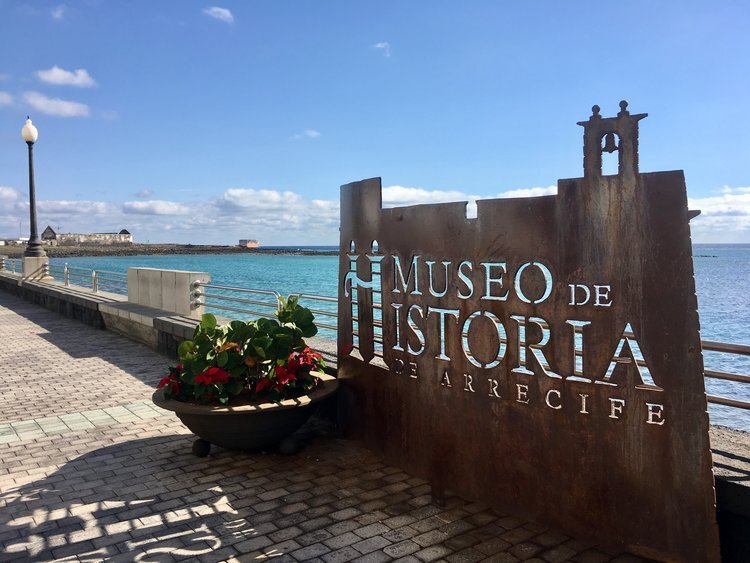
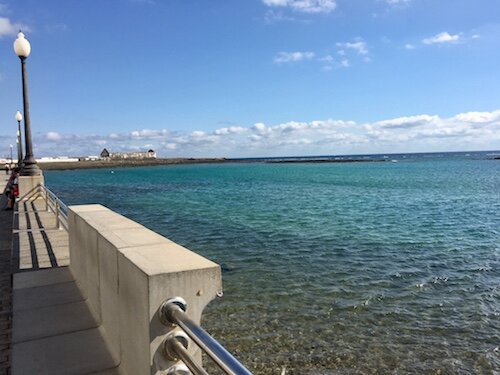
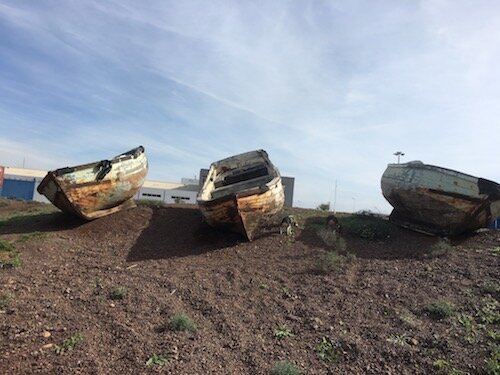

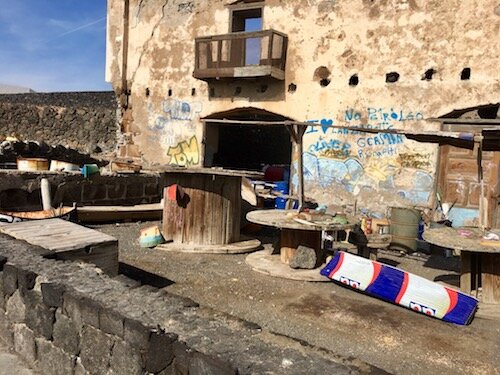
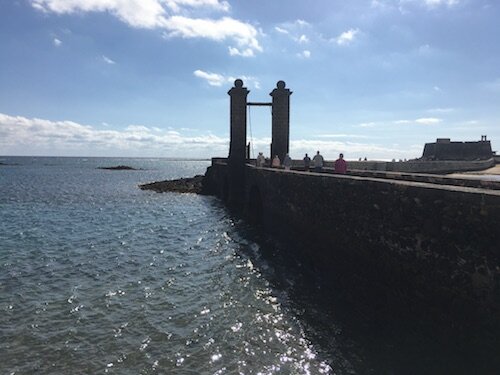
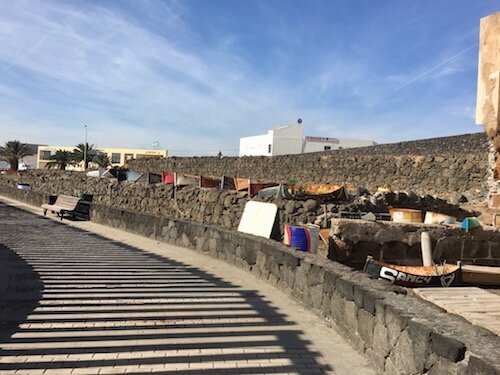

14. Natural Swimming Pools are featured on the Canary Islands.
The old town of Puerto de la Cruz features the impressive natural salt water swimming pools designed by the famous architect/landscaper Cesar Manrique. The breath-taking Lido Martianez includes 7 pools, changing facilities, subtropical trees and plants, a huge fountain, a jacuzzi, playground equipment, restaurants, and even an underground dance hall and casino.
15. San Antonio, Texas was founded by people from the Canary Islands.
San Antonio was originally founded by settlers from the Canaries. Their descendants died fighting alongside Jim Bowie and Davy Crockett. The founder of the city of São Paulo, Brazil is also from the island of Tenerife.
16. The Canary Islands have fantastic year-round weather.
With warm weather year-round and hot, long days in the summer, this subtropical climate is a huge attraction. There are cooler days in the winter, but still significantly warm.
17. The Canary Islands have their own micro-climates.
Climates range from arid moon-like deserts to lush rainforests. Some, like Tenerife’s, even have more than one depending on which side of Mount Teide you’re on.
18. The Canary Islands have also been called the “Island of the Dogs.”
Islas Canarias comes from the Latin term Insula Canaria, which translates to “Island of the Dogs.” Locals believe that the “dogs” were actually a species of monk seals, which in Latin means “sea dogs.” It is believed that the original inhabitants of the islands worshipped dogs. When the Romans first visited the island, it was given the namd “canarii” which means “the ones with dogs.’
19. The Canary birds were named after the Canary Islands.
While the islands got their name from the Latin “island of the dogs,” the canary birds got their name from the Canary Islands. The wild variety originates from the Macaronesian Islands which include the Canaries.
20. The Canary Islands feature a self-sufficient island.
El Hierro, the smallest and most southernly of the islands, sources most all of its power from wind, sun, and water.
21. The Canary Islands is home to a whistling language.
The island of La Gomera developed a form of whistling language in order to communicate across the wide valleys. It is called ‘Silbo Gomero’ and is actually a whistling form of Castilian Spanish, used to convey announcements and news.
22. The world’s worst airline disaster happened on the Canary Islands.
The world’s worst aviation accident occurred on the island of Tenerife on March 27, 1977, when two Boeing 747s collided on a foggy airport runway—killing 583 people when KLM Flight 4805 hit Pan Am Flight 1736 during take-off. Neither plane was supposed to be on Tenerife, but they were diverted from Gran Canarias when a bomb was detonated on the runway. The airport had more aircraft than it could handle and couldn’t fit all the planes at the gates. An investigation after the event by Spanish, Dutch, and American teams concluded that a host of problems led to the disaster, including language, not knowing where the planes were, casual terminology, and pilot error. The accident resulted in many changes in the ways plane crews and flight control towers talk to each other to avoid misunderstanding.
23. The Canary Islands is home to three of Spain’s UNESCO World Heritage Sites.
There are three world heritage sites in the Canary Islands, located on the islands of Tenerife and La Gomera. They are:
San Cristóbal de La Laguna
Teide National Park
Garajonay National Park
24. The Canary Islands have its own sport.
Canarian wrestling comes from the history of the ‘Guanches’—tthe island’s original inhabitants. The sport—one of the earliest defined forms of wrestling—became part of the islands’ folklore, usually being fought at celebrations or local festivals. The sport originated around 1420, however only some of the early rules and techniques survived to modern times. You can still find matches being held in some Canarian towns today.
25. The water in Lanzarote’s El Golfo crater glows green.
Seawater trapped in the form of a lake has turned an acid green color due to the algae which lives there. It also creates particularly striking contrasts to the surrounding black volcanic rock of the Playa Charco de los Ciclos.
26. Lanzarote has some of the most unique vineyards in the world.
Lanzarote is a volcanic island that has almost no soil or natural vegetation—making it an unlikely location for grape vine growth. Unlike most vineyards, where vines are planted in rows, on Lanzarote each vine is placed in a small depression with a semicircular wall of lava stone around it to protect it from the wind. The plants take root in the lava rock, where they get water from the moisture that condenses on the rocks.
27. The Canary Islands were home to the now-extinct giant species of lizards and rats.
Before humans arrived, the Gallotia giant lizard species roamed the islands and were thought to have reached around a meter (three feet) in length. Including the tail, the rats were even longer.
28. Hollywood loves to film in the Canary Islands.
Thanks to their dramatic and varying landscapes, movies as far back as One Million Years BC (1966) and The Land That Time Forgot (1975) were filmed in the Canary Islands. More recently, Clash of the Titans (2010), and Fast & Furious 6 (2013) have been filmed on various islands.
If you like this article about Canary Islands Fun Facts, please PIN IT!
This page contains affiliate links. If you click on the product links and make a purchase, it allows me to make a small commission at no extra cost to you! Thank you for your support and I hope you find value in this content!






